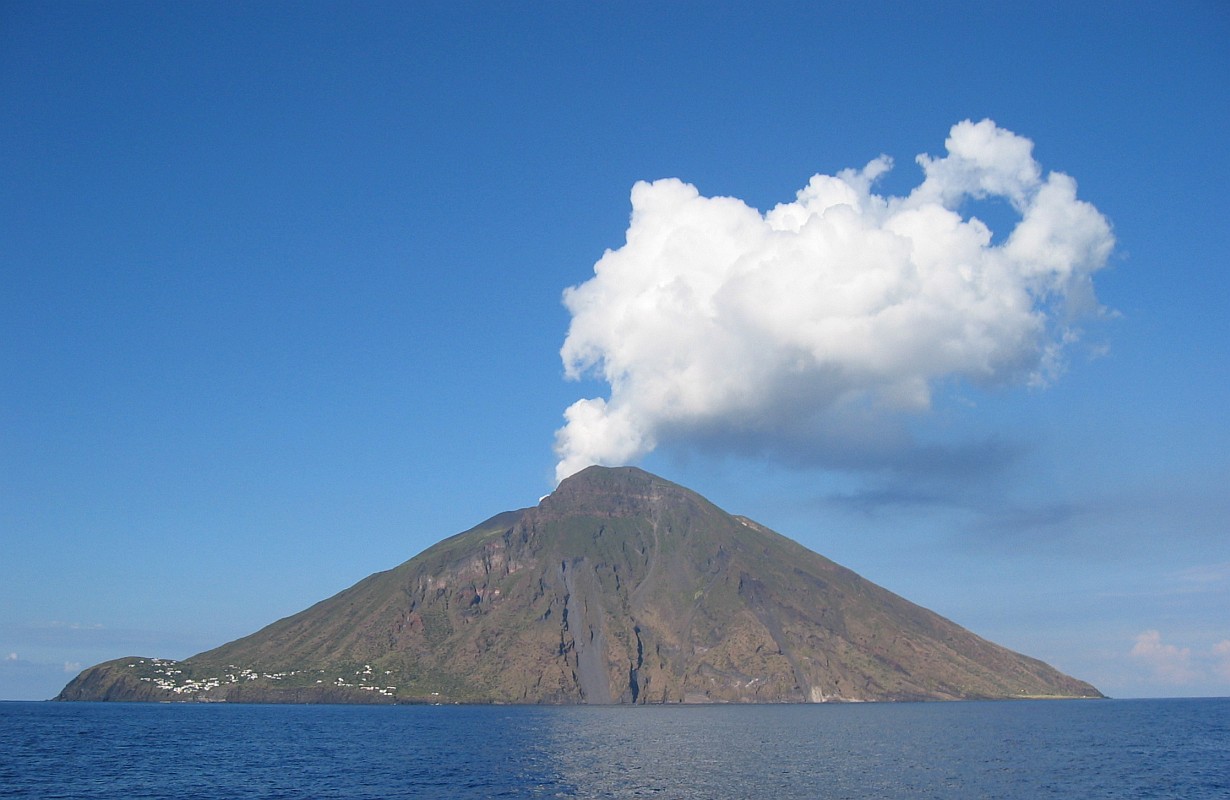Undersea volcano type could contribute to carbon-dioxide emissions
| 05 Mar 2016Previous estimates for volcanic CO2 emissions had not accounted for “petit spot” volcanoes
Volcanoes eject more than just lava. They also pump carbon dioxide (CO2) from within the Earth’s surface into the atmosphere. Although CO2 emissions from volcanoes are less than one percent of the amount given out by human activity, determining this natural phenomenon’s contribution to the planet’s carbon cycle is valuable for understanding the evolution of the Earth’s climate over geological time scales. Previously, geologists accounted for the CO2 output of three types of volcanic activity: arc, mid-ocean ridge and hotspot. In a 2013 paper, however, researchers began to wonder whether a new type of volcano discovered in 2006 — the petit spot — might also contribute gases into the atmosphere.
Petit-spot volcanism manifests deep in the ocean floor, in the cracks of tectonic plates. Since petit-spot volcanoes were only identified a few years ago, they had not been part of the existing models of carbon-dioxide emissions from volcanoes. To determine their CO2 flux, the researchers examined volcanic glass formed around petit-spot volcanoes some six kilometres below sea level. Specifically, they studied how much carbon dioxide and water was dissolved in the glass, using this to estimate the amount of carbon dioxide emitted by these volcanoes as a fraction of its magma output.

The Stromboli stratovolcano off the coast of Sicily. Image by Steven W. Dengler / CC BY-SA 3.0
But, estimating the CO2 emission based on the amount dissolved in the glass is not straightfoward. First, the researchers had to calculate the concentration of the carbon dioxide and water around bubbles that had formed in the volcanic glass. Then, they had to take into account the temperature and pressure conditions when the glass formed; these conditions would influence how much of the emitted gas made its way into the glass. Having performed these measurements, the researchers arrived an estimate of the amount of carbon dioxide given out by petit-spot volcanoes.
Since data on magma flow from petit-spot volcanoes is only available for two regions — the Japan Trench and the Tonga Trench — the researchers took the average magma flow from the two as a first estimate in their calculations. The geologists also concluded, based on their measurements, that CO2 makes up between five and 10 percent of the magma by weight for petit-spot volcanoes. They were thus able to compute that emissions from these volcanoes are not negligible: between 0.1% and 1.2% of the carbon-dioxide emissions from arc and mid-ocean-ridge volcanoes and between 0.3% and 14% of that from hotspot volcanoes.
The authors of the paper note however that, with only 35% of the Pacific-plate area having been surveyed, additional volcanoes might yet be found. They also point out that their estimates for emissions may be on the lower side, because other types of volcanoes also emit carbon dioxide without erupting. Nonetheless, the research sheds light on a potentially unaccounted-for contribution to the planet’s carbon cycle.
Citation:
Okumura, S., & Hirano, N. (2013). Carbon dioxide emission to Earth’s surface by deep-sea volcanism. Geology, 41(11), p.1167-1170. DOI: 10.1130/G34620.1
